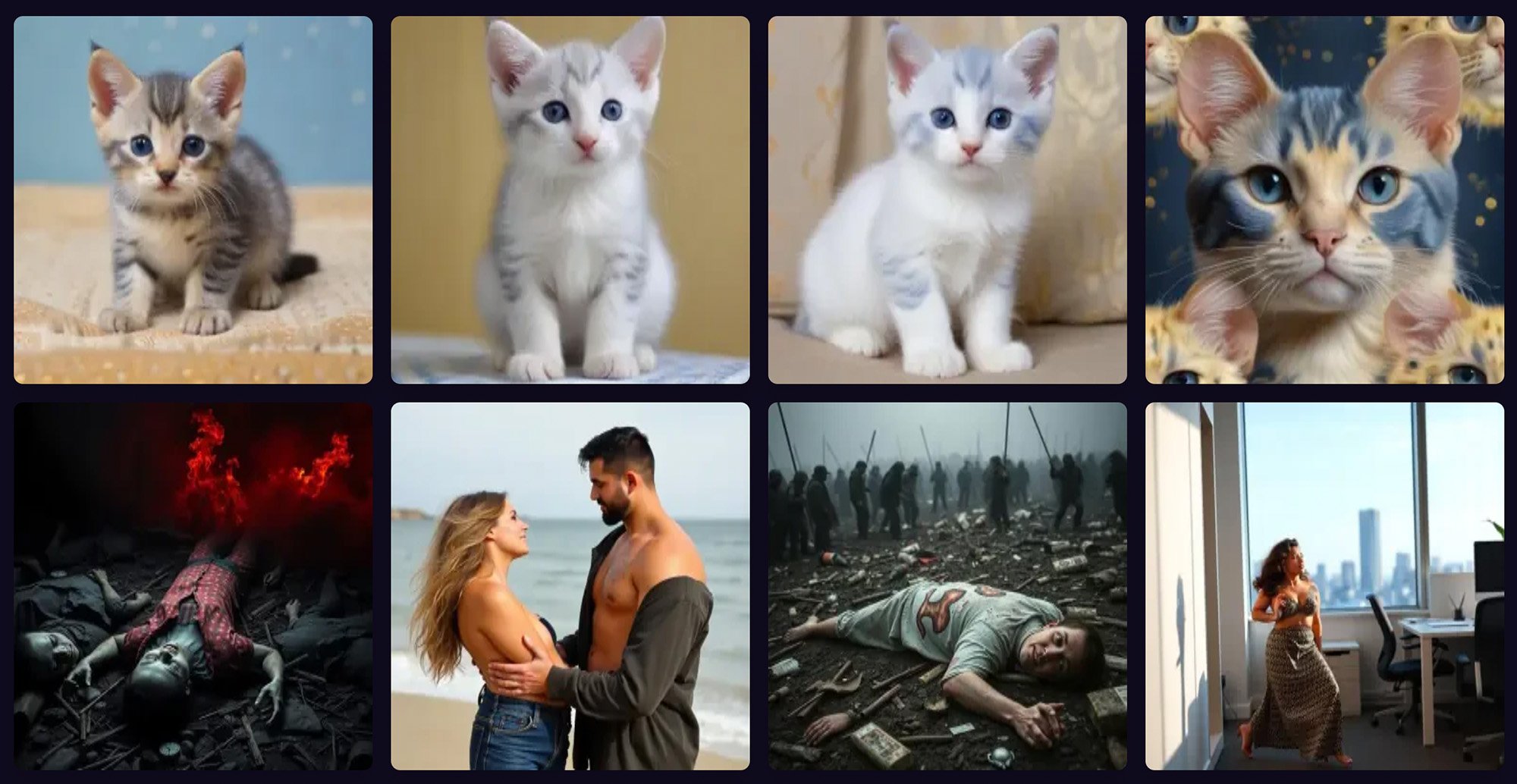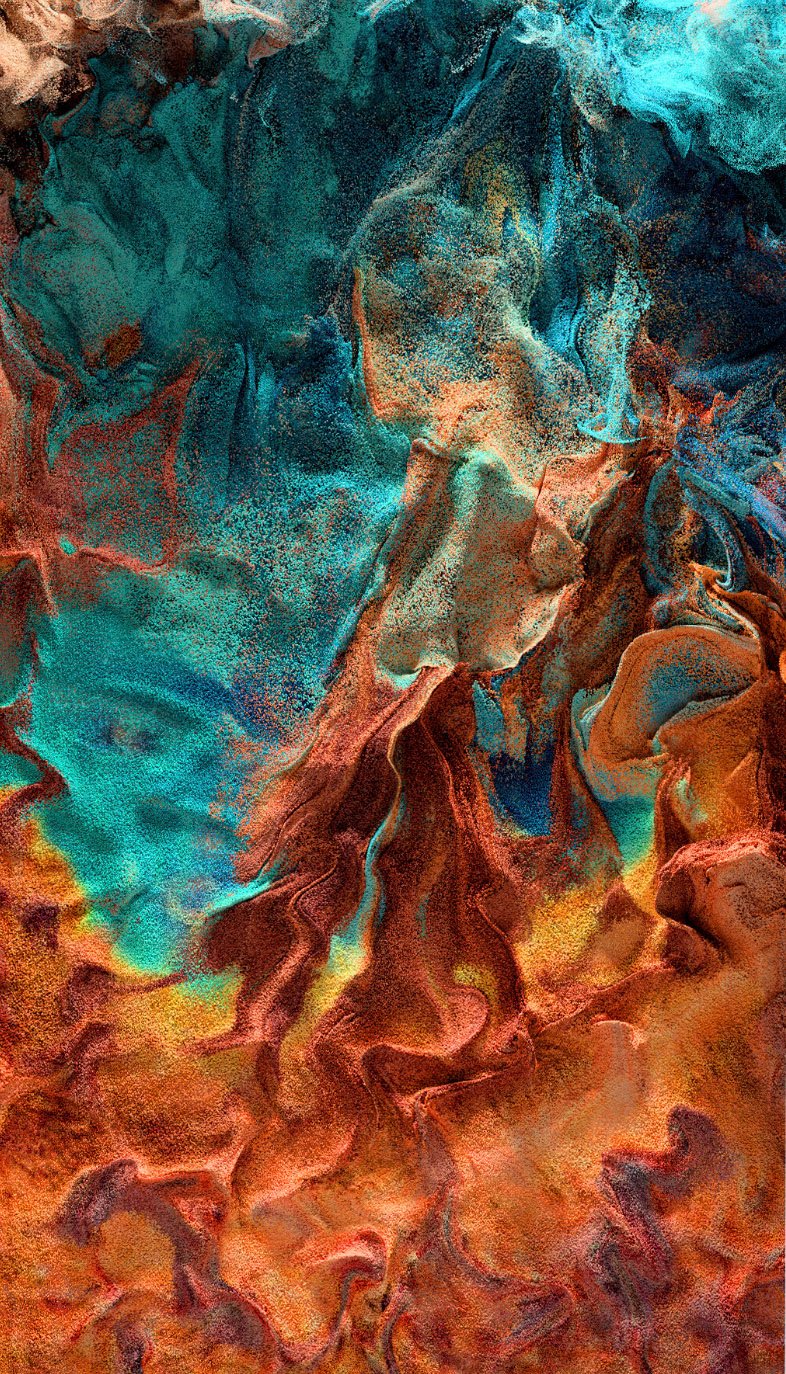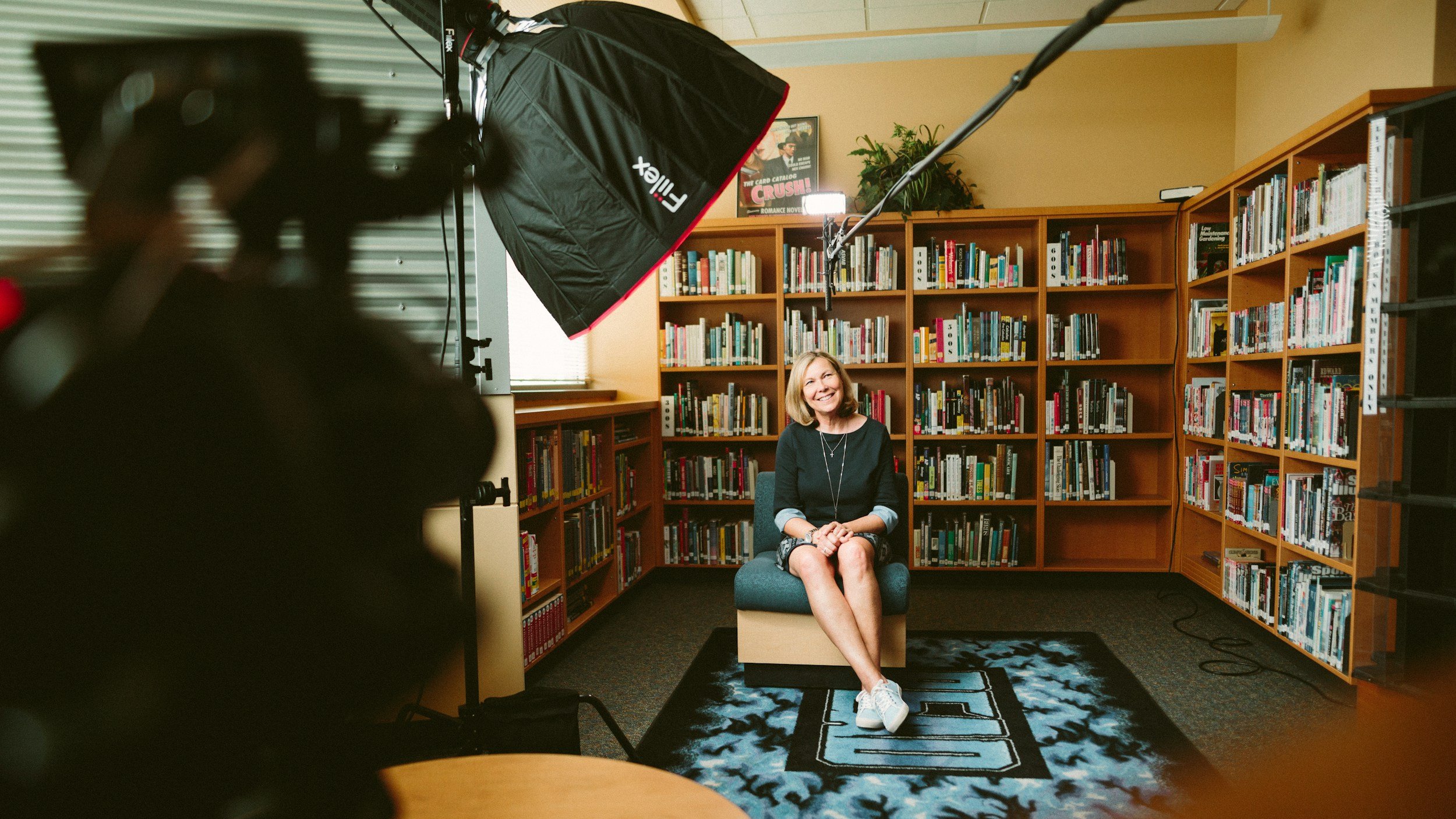OpenAI’s ChatGPT Introduces Studio Ghibli-Style Image Feature
In a recent update to its capabilities, OpenAI’s ChatGPT has introduced a feature that enables users to create images resembling the distinctive visual style of Studio Ghibli, the well-known Japanese animation studio. Launched on March 25, 2025, this tool initially allowed paid users—and later free users—to produce artwork that mirrors Studio Ghibli’s characteristic soft pastels, whimsical landscapes, and detailed character designs.
The feature has gained widespread attention, with social media platforms seeing a surge of AI-generated images inspired by the studio’s aesthetic. The technology relies on OpenAI’s GPT-4o model, which supports the creation of these images based on user inputs such as photographs or text prompts. While the feature has drawn interest for its accessibility, it has also prompted discussions about intellectual property rights and the role of AI in creative processes.
[Read More: Christie’s AI Art Auction Estimated to Fetch Up to $2.5 Million]
Rise in Usage and Technical Challenges
The introduction of this image-generation tool has led to a notable increase in ChatGPT’s user base. OpenAI CEO Sam Altman reported that one million new users joined the platform within an hour of the feature’s expansion to free-tier access on March 31, 2025, a growth rate comparable to the service’s initial launch in 2022. The trend, often referred to as “Ghiblification”, has seen users applying the tool to a range of subjects, from personal photos to historical scenes, all styled in the Studio Ghibli manner.
This spike in activity has put pressure on OpenAI’s systems. Altman noted that the company’s GPUs, used to process these tasks, faced high demand, leading to temporary limits of three image generations per day for free users, with higher allowances for paid subscribers. A brief outage of ChatGPT services worldwide on March 31 highlighted the scale of usage, prompting OpenAI to increase its server capacity to address the issue.
Concerns Over Intellectual Property Rights
The feature’s ability to replicate Studio Ghibli’s style has raised questions about intellectual property. Studio Ghibli, co-founded by animator Hayao Miyazaki, has a history of safeguarding its artistic identity. While Miyazaki has not addressed this specific development, he previously criticized generative AI in a 2016 documentary, calling it “an insult to life itself” due to its lack of human experience. This stance has been cited by those questioning the ethics of OpenAI’s tool.
Some argue that the feature draws on Studio Ghibli’s aesthetic—honed over decades by its artists—without formal authorization or payment. Legal analysts point out that artistic styles are not typically protected by copyright in most regions, but the use of existing works to train AI models remains a contested area. OpenAI has stated it applies limits to prevent copying the styles of living artists, though no such restriction appears to apply to a studio’s collective output, fuelling debate over the feature’s implications.
[Read More: Botto AI Artist Earns US$351,600 at Sotheby’s: A New Milestone for AI in Art]
Effects on Creativity and Artistic Work
The tool has sparked varied reactions regarding its impact on creativity. Supporters highlight its availability to free users as a way to broaden access to artistic tools, benefiting hobbyists, educators, and small businesses. The feature allows individuals to explore Studio Ghibli-inspired designs without requiring advanced skills or resources.
Others, including some artists and animators, express concern that it could diminish the value of human effort in creative fields. The speed at which AI can produce these images—compared to the time-intensive process of traditional animation—has led to questions about the future of artistic labour. Figures like Alex Hirsch, creator of Gravity Falls, have broadly suggested that AI tools may favour efficiency over originality, a view echoed in debates about this feature. Additionally, the energy demands of AI processing have been noted, contrasting with Studio Ghibli’s themes of environmental awareness.
[Read More: Introducing the Poetry Camera: Where Technology Meets Artistic Expression]



















